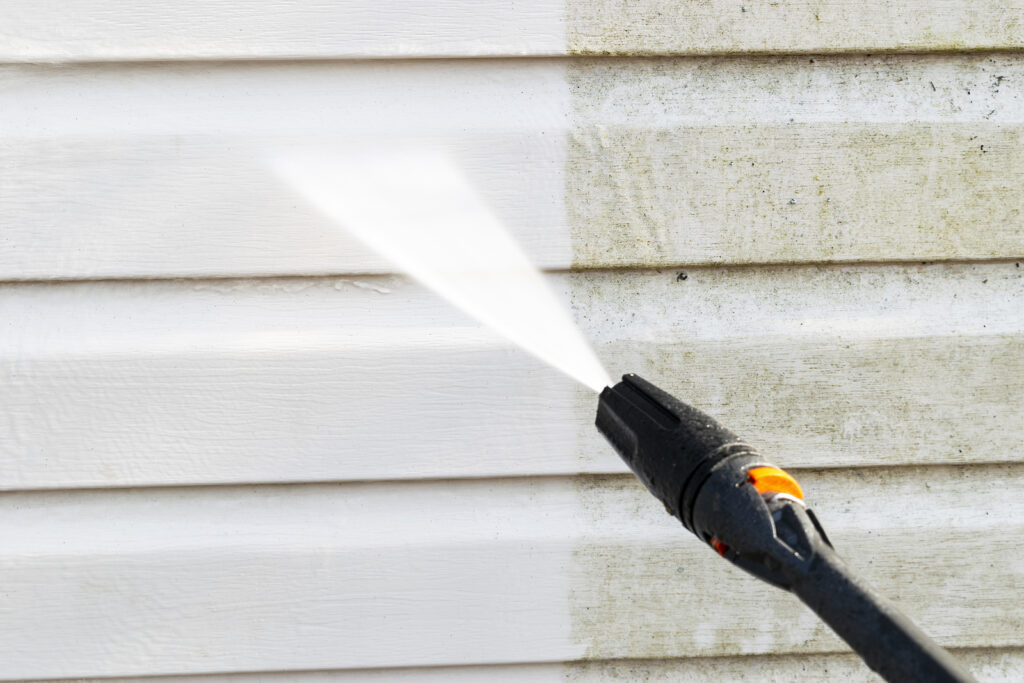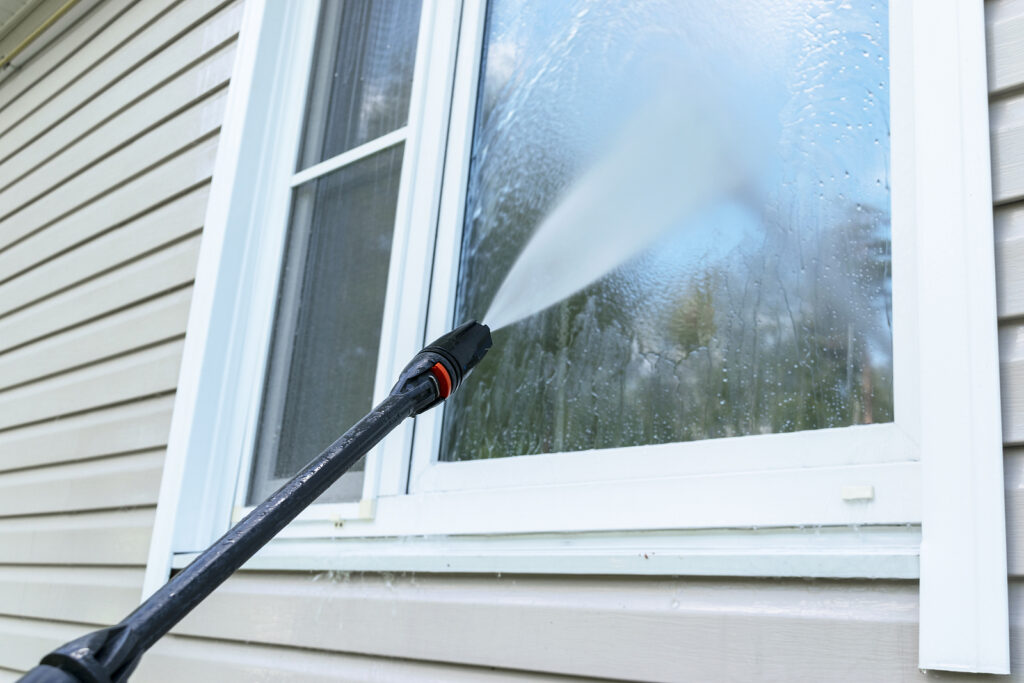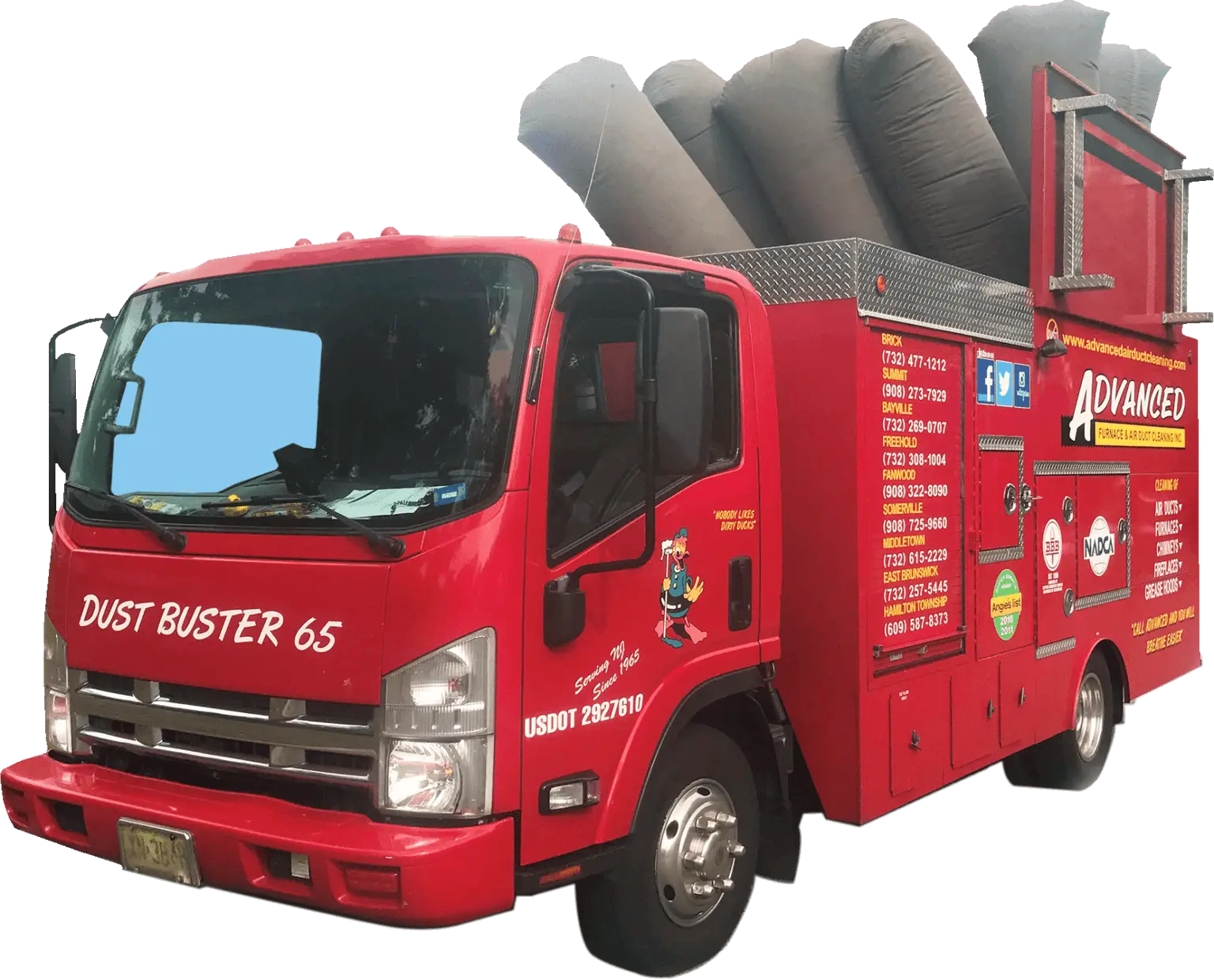
Power washing, also known as pressure washing, is a common cleaning method that uses high-pressure water spray to remove dirt, mold, grime, dust, mud, and other contaminants from surfaces. Here are some lesser-known facts about power washing:
1.Varied Pressure Levels: Power washers come with adjustable pressure settings, allowing for different intensities depending on the surface being cleaned. Higher pressure settings can be used for tough surfaces like concrete, while lower settings are ideal for delicate surfaces like wood.
2.Different Nozzles for Different Jobs: Power washers typically come with multiple nozzles that vary the spray pattern and pressure. These nozzles are often color-coded to indicate their spray angles, ranging from narrow, high-pressure streams to wider, lower-pressure fans.
3.Use of Detergents: For certain cleaning tasks, power washing can be more effective when combined with specialized detergents. These cleaning agents help to break down stubborn dirt and grime, making the process more efficient.
4.Safety Concerns: Power washing can be dangerous if not handled properly. The high-pressure water stream can cause injuries, and it’s important to wear protective gear, such as gloves and goggles, and to be cautious about the surfaces being cleaned to avoid damage.
5.Environmental Impact: Power washing can have environmental implications, particularly concerning water usage and runoff. It’s important to be mindful of water conservation and to use biodegradable detergents to minimize environmental harm.
6.Maintenance of Equipment: Regular maintenance of power washing equipment is crucial for its longevity and efficiency. This includes checking hoses, nozzles, and the motor, as well as ensuring the water supply is clean and free of debris.
7.Versatility: Power washing is versatile and can be used for a wide range of cleaning tasks, including cleaning decks, driveways, sidewalks, siding, vehicles, and even preparing surfaces for painting or sealing.
8.Seasonal Timing: The best time for power washing is typically in the spring or fall when temperatures are moderate. Extreme heat can cause the cleaning agents to dry too quickly, while freezing temperatures can lead to equipment damage.
9.DIY vs. Professional Services: While many homeowners opt to rent or purchase power washing equipment for DIY projects, professional power washing services offer expertise, higher-grade equipment, and the convenience of not having to handle the potentially hazardous equipment.
10.Soft Washing: For particularly delicate surfaces, a technique called “soft washing” can be used. This method employs lower pressure combined with cleaning solutions to gently clean surfaces without causing damage.


